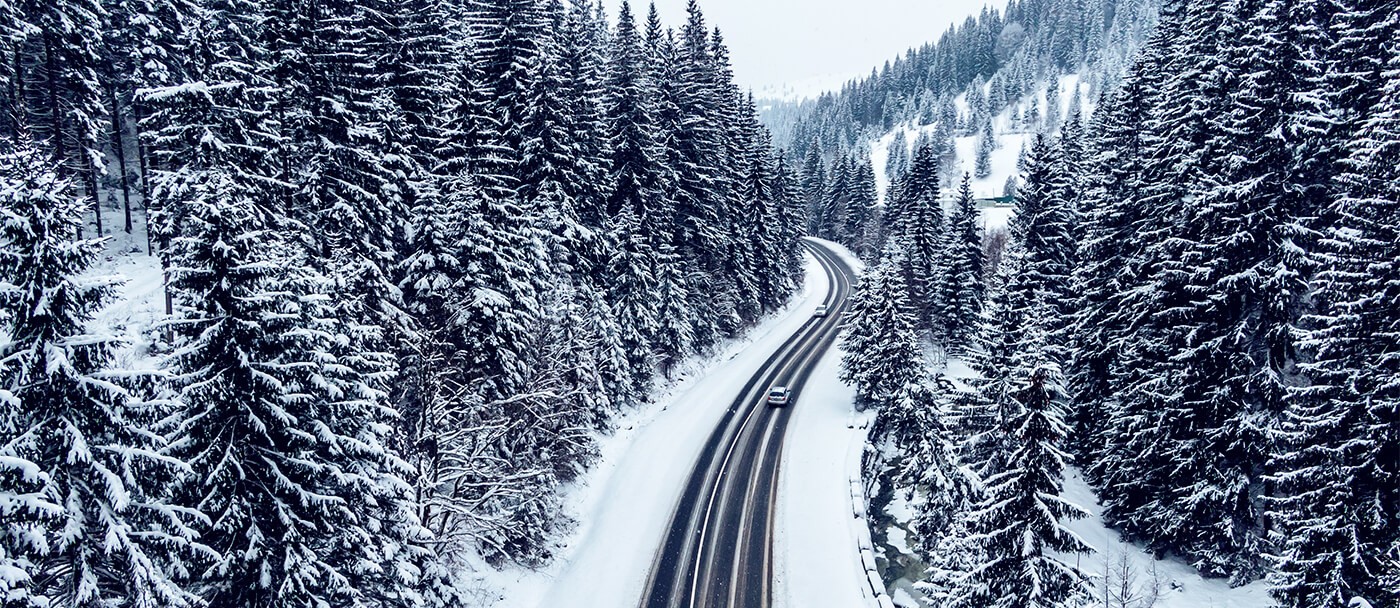How will climate change affect Canada

What is climate change?
First, let’s clear something up. Climate and weather are related but are two different terms. Weather is not the same as climate. Weather is more short-term, what you see day to day in each region. Climate refers more to broader long-term patterns of weather and the atmosphere.
Climate change refers to any changes in climate over time. Carbon dioxide and other greenhouse gases normally act, as the name suggests, as a greenhouse cover over the planet. At normal levels, this cover keeps the natural heat from the earth’s surface from escaping into outer space. Without this protection, the planet would be too cold for life as we know it.
Climate change occurs when there are increases in carbon dioxide and other greenhouse gases, and these trap in more of the sun’s heat, causing the global surface temperatures to rise. This in turn leads to changes in climate and weather patterns.
How will climate change affect Canadian winters?
Climate change has influenced a rise in the average temperatures around the globe. But as you may have already heard, Canada is warming twice as fast as the rest of the planet. Since 1948, the annual average temperatures in Canada have increased by 1.7 ˚C in southern Canada, 2.3 ˚C in the north, and even 4 ˚C in the arctic regions. Consider this: it took the last 12,000 years to raise the global average temperature up 4 ˚C. Today, we are seeing a 4 ˚C increase in only 76 years, since 1948.
Dreaming of a white Christmas?
There have always been places in Canada where snow in December is rare, such as the south coast of BC, but even the traditionally snowy cities are noticing increasingly snow-free Holidays as the climate heats up.
In parts of Canada, we are seeing greener Christmases and even when we get snow, it is not as deep as in the past.
White Christmas % for some Canadian cities:
| City | Between 1960-1984 | Between 1996-2021 |
| Charlottetown | 92% | 52% |
| Fredericton | 88% | 44% |
| Sarnia | 84% | 36% |
| London | 80% | 48% |
| Medicine Hat | 72% | 52% |
| Kelowna | 76% | 56% |
Besides the fact that many of us have lower expectations for a white Christmas, when and if we do get it, the snow depth is lower. For example, in cities where it was common to see 16 cm of snow during the 1970s, today we are seeing only about 10 cm.
How climate change is affecting winter sports and activities
Basically, our winters are starting later and ending sooner. With these warming trends, we are seeing more rainfall instead of snowfall. It’s harder to keep ice and snow on the surface.
Consider how this affects outdoor hockey and ice skating, downhill and cross-country skiing, snowshoeing, snowmobiling and other winter sports.
The famous Rideau Canal, the world’s largest outdoor ice skating surface, was only open for 41 days in 2022, did not open in 2023, and was only open 10 days in 2024.
Municipalities are finding it difficult to justify the resources needed to prepare and maintain outdoor rinks. They need 3 very cold days in a row for the ice base, followed by a cold period that will keep the surface acceptable. If the temperatures raise to above freezing plus maybe an added rainfall, well you can guess the results. In the Montreal area last year, only 40% of outdoor rinks were in use in mid-winter.
The downhill ski industry is having to deal with increased snowmaking, shortened and variable seasons, and the reduction of open ski areas. Snowmaking is expensive. Add in less available ski days and fewer open ski areas, and you can expect higher cost for ski passes. It is predicted that low-lying ski resorts may not survive into the next decades.
Recently, southern Canada snowmobile trails had less snow base and fewer open trail days, causing many to consider selling their “sleds”. For them, it is becoming harder to justify the cost of equipment, fuel, insurance, trail fees and apparel.
Ice roads
Winter ice roads usually operate from January to March. They represent an important means of access for remote northern First Nation communities.
These communities rely on these roads for the economical transport of supplies during the winter months. A warming climate has already affected the length of time that winter roads can remain operational. In some cases there were ice roads that never opened last year.
Climate change: what next?
Reversing global warming is probably not possible. However, stopping or slowing down climate change is the world’s current challenge. We need global consensus and commitment to achieve this goal.
In the meantime, Canadians will have to adapt to these winter climate changes and hope that we, and countries across the globe, take repairing the warming trend problem seriously and finally act.
El Niño and La Niña phenomena: lots of snow one year and none the next
Here in Canada, our weather is affected by El Niño and La Niña, which impact different regions in Canada. Climate change influences the severity. Human-caused greenhouse gas emissions mean strong El Niño and La Niña events are occurring more often. A region in Canada may have more snow and cold weather one year, and little the next. Here’s a quick explanation of these two climate occurrences.
Normally, the trade winds over the Pacific Ocean blow from east to west, pushing the warm surface waters towards Indonesia and the western Pacific. This process creates a pool of warm water in the western Pacific and a cooler pool in the eastern Pacific near South America.
For El Niño, the trade winds weaken, or even reverse, causing the warm surface waters to flow back eastward toward South America. Then the eastern Pacific becomes unusually warm, disrupting the regular temperature distribution across the ocean. The changes in ocean temperatures during El Niño have far-reaching effects on global weather patterns.
During La Niña, the trade winds blowing across the Pacific Ocean become stronger than usual. These winds push the warm surface waters toward the western Pacific, causing a greater temperature contrast between the western and eastern parts of the ocean. As a result, the eastern Pacific near South America becomes cooler than normal.
El Niño effects
- Some places that are usually dry might experience more rain than usual. This can lead to floods and heavy rainfall in certain regions.
- Conversely, some places that usually receive lots of rain may experience less rainfall and parched land.
- El Niño can also bring wild weather conditions like powerful storms, strong winds and even significant changes in temperature.
While El Niño brings warmer ocean temperatures, its counterpart, known as La Niña, occurs when the eastern Pacific becomes cooler than usual. La Niña has its own distinct impacts on weather patterns, often causing opposite effects to El Niño. It can lead to drier conditions, cooler temperatures and even more active weather in certain regions.
La Niña effects
- Some areas that usually experience a lot of rain or snow might get even more precipitation leading to heavy snowfall, intense rainstorms and sometimes even blizzards.
- On the other hand, certain regions may experience drier conditions during La Niña. This means less rain and more sunny days.
- La Niña can also cause changes in temperature, such as colder winters, while others might have warmer summers than usual.
Due to climate change, we can expect more frequent swings from a strong El Niño to a strong La Niña the following year.









